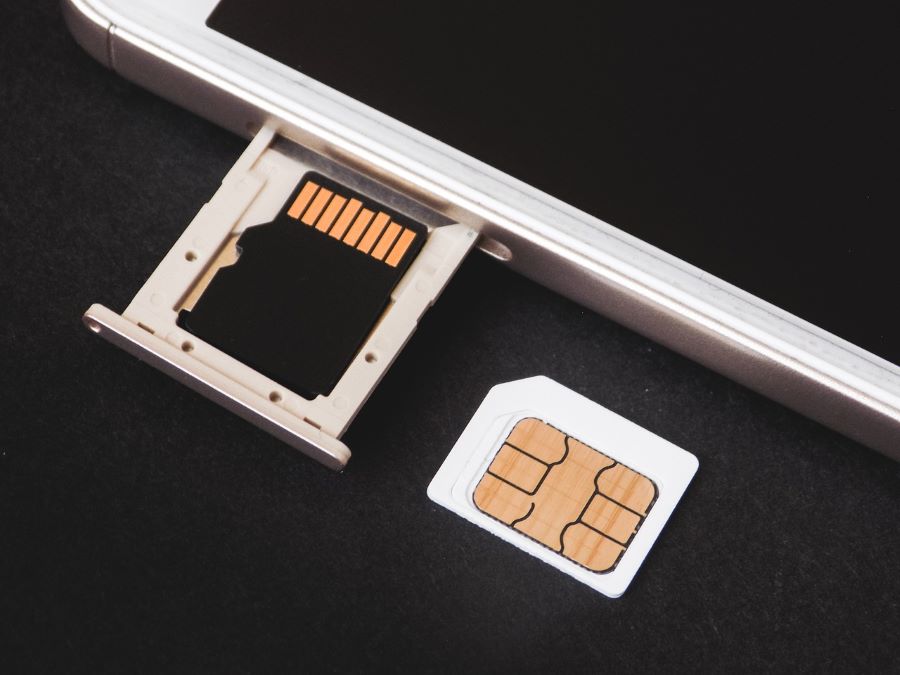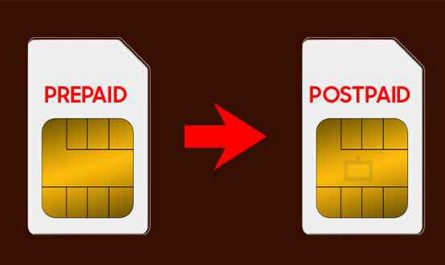Picture this – you have just returned from work and are settling down, getting ready to watch your favourite OTT show on the TV. Suddenly, you hear your phone notification and see that an amount has been debited from your bank account. And it does not stop – the amount keeps getting debited constantly, reducing your bank balance. You start to panic and try to call your bank for help, but alas, the line does not connect. You try to send a text message, but that does not work either. All this means that you are now a victim of SIM jacking or SIM card hijacking.
Buy Airtel Postpaid with exciting benefits!
What is SIM card hijacking?
SIM jacking is a relatively newer type of fraud where someone else can access your phone number. This happens when the fraudster gets in touch with your telecom service provider and informs them that they should transfer your phone number to a SIM card that is in their possession. Ideally, this would involve a lot of convincing as no service provider would do it readily, but it is not impossible.
Once the fraudster has successfully managed to switch your phone number to his SIM card, all your phone services also get transferred to the new SIM card. This means that now you cannot make any phone calls, SMS, access your postpaid plan mobile data, etc. Something of this seems like a very difficult thing to do right? Except it is not the case, because fraudsters can do such things even from their own homes. All they need is access to your mobile number, your personal data and just have to convince the service provider to switch numbers.
Do note that your personal data is easy to steal – it can be found in the black market, via phishing sites, fraudulent sites that resemble real ones and many more.
Read more: Tired of spam calls? Register your mobile for DND
How does SIM jacking work?
SIM jacking usually starts with a phishing attack to your device, wherein you receive a text message or an e-mail that looks like it has been sent from your telecom operator. Ideally, the message will contain some fraudulent information, mentioning something about suspicious activity, or that your account has been hacked so you need to update the info.
Once you click on this fraudulent link, you will be taken to a fake website. Now, mind you, this website will look very similar and almost often exactly like any original website. This fake website will ask for all your information – such as name, date of birth, address, mobile number, etc.
After you have provided all this information, the fraudster will then get in touch with your network operator and request a new SIM card. After that, it is only a matter of time before they take over your cell phone number and have complete access to your personal details.
Read more: How to stop unwanted calls?
How to protect yourself from SIM jacking?
You can be a victim of SIM jacking but fortunately, there are some ways in which you can secure yourself and your SIM card from not getting hijacked.
Keep your information safe from the internet
Remember, your personal information is one of the first walls that fraudsters will try to break. Make sure of that whenever you are entering information on any website. Moreover, keep a watchful eye on what all information is being requested by the specific website. If you see anything extra is being asked, then do check if it really is an authentic website or not. Go by this rule – not all information needs to be posted on the internet.
Read more: Easy hacks to find your lost mobile phone
Be wary of suspicious links
One of the easiest ways to obtain your personal data is via phishing links. Whenever you receive suspicious links from unknown numbers, do not click on them. Only click on links if you are absolutely sure that they are from a trusted platform or person.
Always update the software on your smartphone
There are many people who wilfully ignore the fact that their smartphone asks for software updates. However, it is not a wise thing to do. Instead, make sure you always update your phone software. These updates are meant to secure your device against software vulnerabilities. Thus, these are safety measures that you should never ignore.
Keep a close eye on your mobile account
If you see that there are calls from your phone that you did not make, or SMS texts that you did not send, get in touch with your mobile operator instantly. Also, look for suspicious activities such as new account registrations, unexpected charges or devices that you did not pay for, or any sort of activity that seems unusual.
Read more: How to block a stolen or lost Airtel SIM card?
What do you do if you have been SIM jacked?
Has your SIM card been hijacked, even after all the precautions? Worry not, there is still time to salvage the situation. Here is what you can do:
- Contact your cell phone carrier – Get in touch with the representatives or call centre of your phone carrier almost immediately and inform them about the situation.
- Change your password – Your cell phone carrier might be able to disable the old SIM card and hand you a new one, and then, make sure that you change the passwords for all your social media profiles, bank accounts, e-mail IDs, etc.
- Inform your friends and family – This one counts as a crucial step because the SIM jacker can easily contact your known ones, impersonate you, and ask them to lend you money or spread malware to their devices too.
- Re-authenticate all your apps – The attackers can also get easy access to your apps, such as WhatsApp, so make sure that you’re-authentic these apps with your new SIM card.
Conclusion
Being the victim of a SIM hijacking is never a good experience. However, if you have been one, make sure that you try your best to ensure that your personal information stays safe. Also, do let others know about the vices of SIM hijacking so that they are able to protect themselves.



